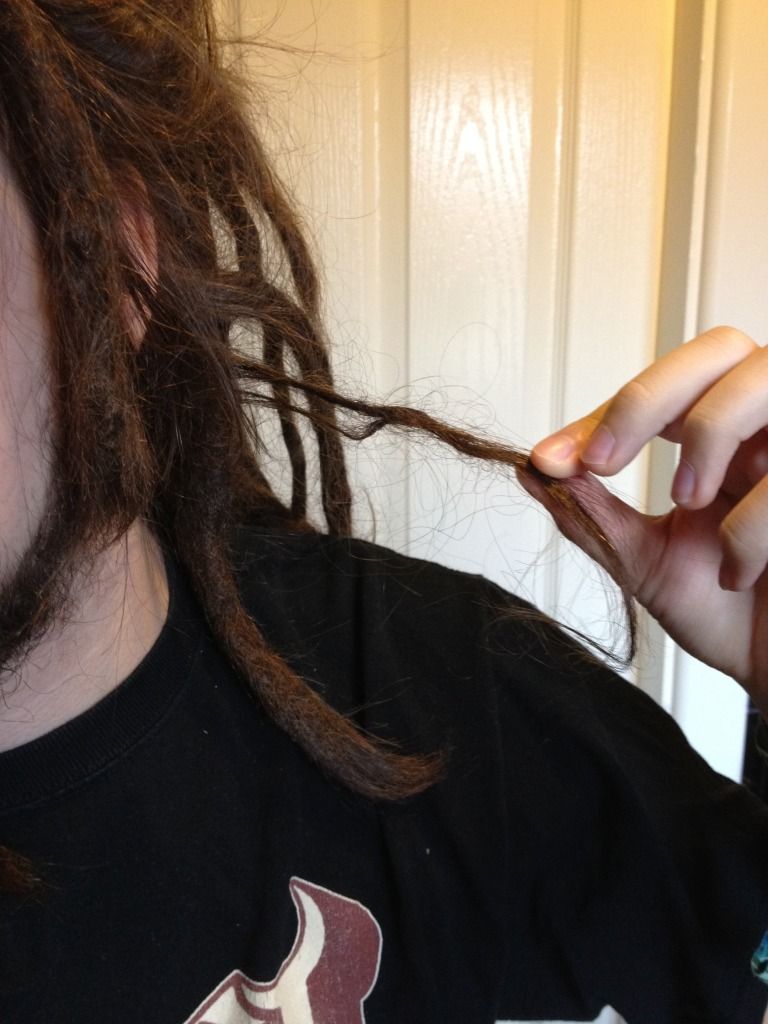If you’re having hair problems I feel bad for you son, I got 99 problems but the dreads ain’t one.
I’ve been doing this a while now… a little while, and sometimes I get asked to break it down, to answer simply, ‘what’s the greatest piece of dreadlock advice you can give?’. Now despite having a page filled with tips and advice, my number one is an easy pick, and that is: stop worrying about them.
Now that may at first seem like a cop-out, but stick with me here. When my dreads were young, they were just like everyone else’s young dreads - loose, frizzy, MESSY, and just like most people with young dreadlocks, I worried about them. Every day I’d be checking them out, stressing over each loose root, every patch of loose hair. All this worrying made me pretty uninspired, and made the progress seem impossibly slow, if not nonexistent… then one day, I just stopped worrying.
I’m fully aware that telling someone to stop stressing usually has the opposite effect, and to truly become comfortable with something takes both a combination of time as well as persistence, but only once I stopped worrying over the small stuff was I able to appreciate the big stuff.
What you’ve got to remember is that dreadlocks don’t NEED you, they’ll go about their business fine on their own as long as they have their time and space. I always advise to just to make sure you’re washing and drying the dreadlocks properly, separate as required, and anything else is just an extra. Treat it like any other hairstyle… and by that I mean generally ignore it while you’re getting on with your life, and things just go a lot smoother. When I stopped antagonising over each and every detail and actually let time do it’s thing I was able to actually notice the positive changes when I did take the time to check things out… and when the changes became noticeable they became a lot more encouraging, and so you replace the negative stressful cycle with a positive encouraging cycle. So there’s no doubt in my mind that the greatest thing I ever did for the progression of my dreadlocks was to stop over analysing, to let my hair be hair, and just to get on with my life, trusting that they’d do their thing.

